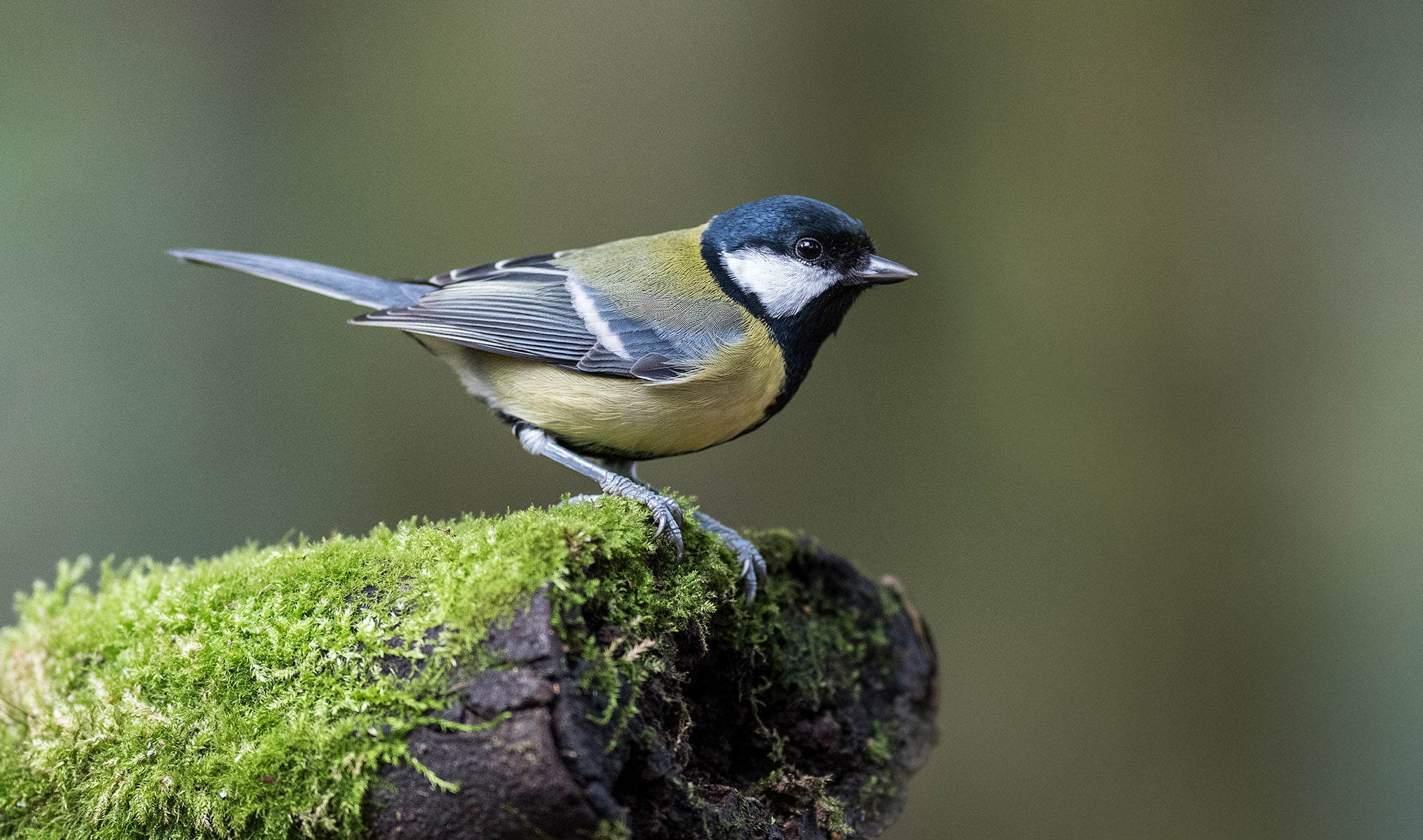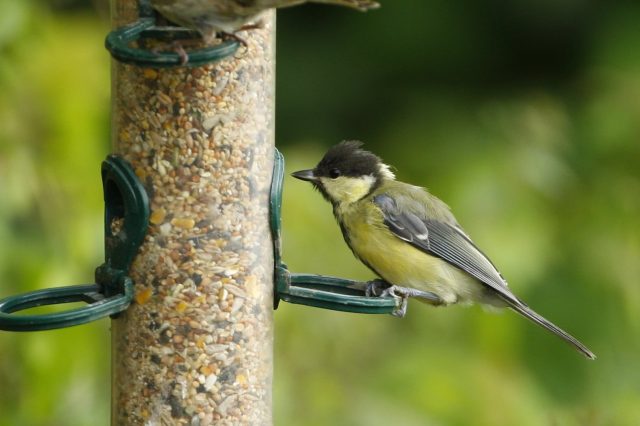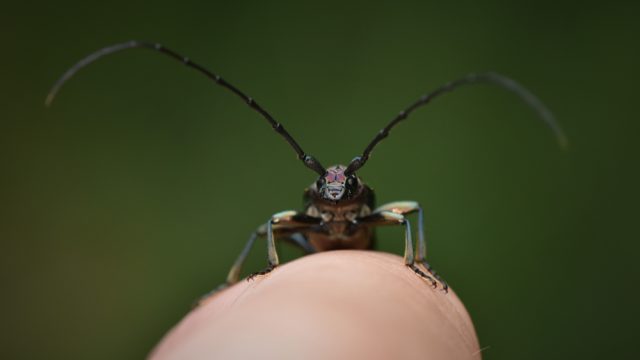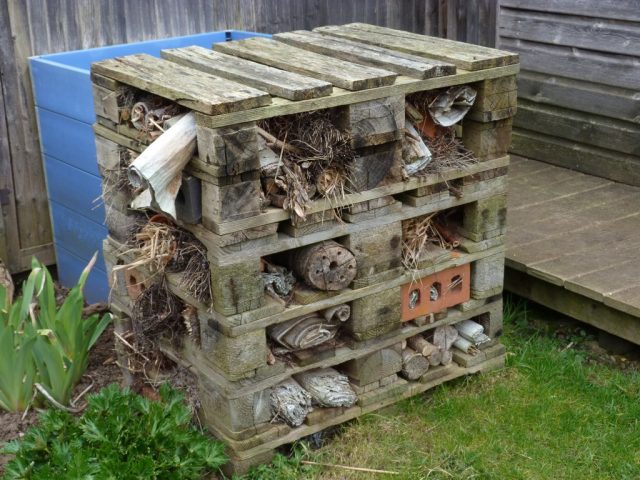Whether you’ve got a huge garden or just a balcony, there are plenty of ways that you can attract and help wildlife.
Planting wildlife friendly plants, shrubs and trees is one of the best ways to provide food, shelter and breeding spots for a whole host of creatures. There are quick ways to make your wildlife friendly too, for example by creating habitat piles dotted around the garden with leaves, logs, twigs, rocks or vegetation. Lots of creatures, like hedgehogs, amphibians and invertebrates, love habitat piles to hide and shelter in. So by simply becoming less tidy, you’ll be providing vital habitat with very little effort!
Another easy way to make your garden more wildlife friendly is to let an area of your lawn grow. Lots of plants traditionally considered weeds are actually great for wildlife (nettles and dandelions for example). You’ll soon notice how many bees and butterflies these flowers can attract given the chance.
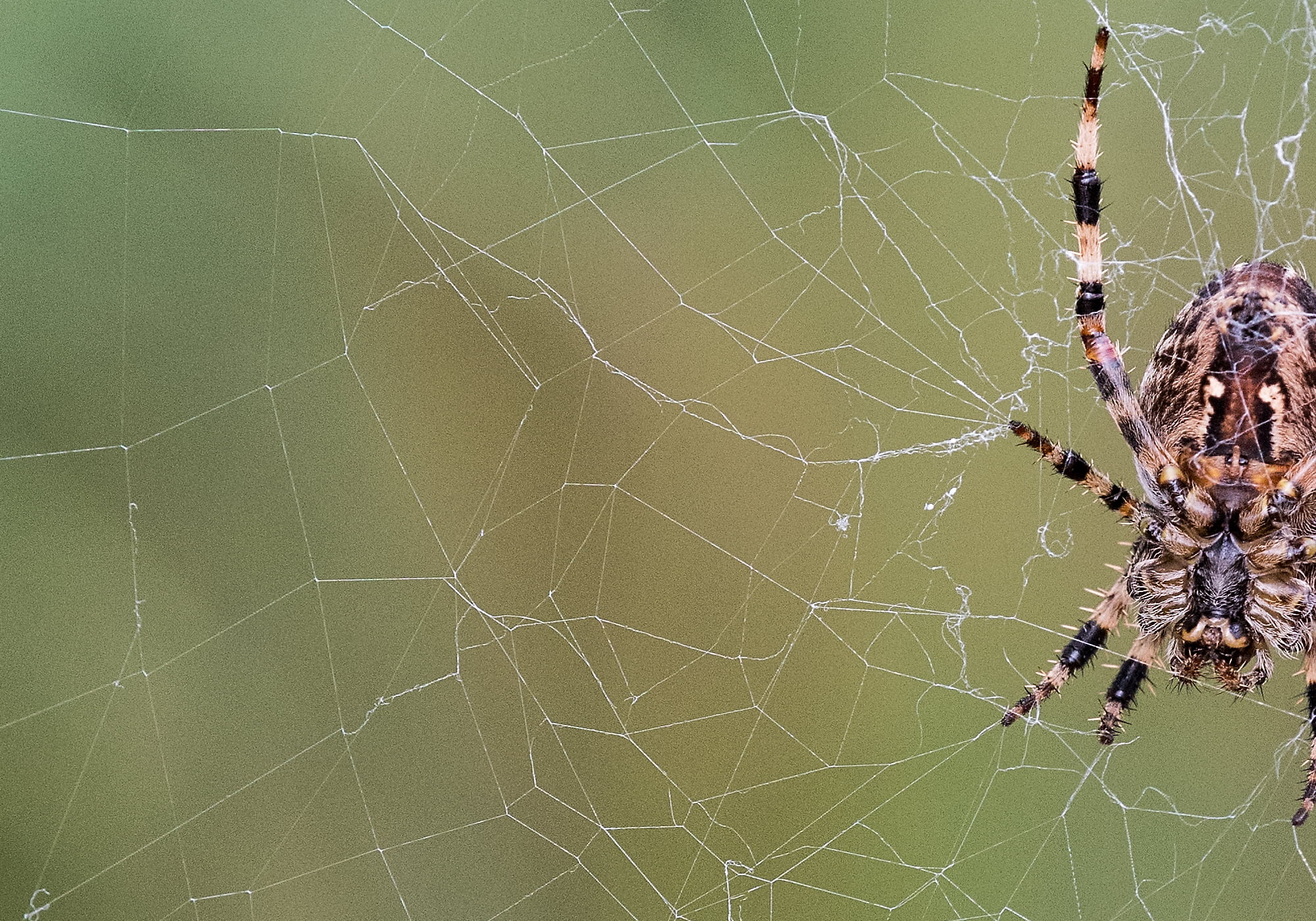
Feed the birds
The best way to feed the birds is to add plants that provide nuts, seeds and berries. Native shrubs and trees like hawthorn, hazel and dog rose are great choices. Apple, cherry and pear trees provide not only shelter but also a buffet of delicious fruit for birds to feast on, and sunflowers and teasel provide a seed feast later in the season.
You can also provide supplementary bird food to help birds through natural food shortages. If you’ve only got room for a couple of feeders, try a basic seed mix in a regular seed feeder as well as fat balls in a fat ball feeder to attract a range of species including tits, robins and finches. If you’ve got space for more, sunflower hearts (which are the same as sunflower seeds but without the black husk that often just ends up scattered on your lawn!) are also very popular with many species of bird. There are plenty more food options to attract even more species, such as peanuts, nyger seeds and mealworms – check out our articles below or watch our video on setting up your bird feeders.
Get growing
Growing a mixture of trees, shrubs, hedgerow and flowers is the best way to get your garden absolutely buzzing with life. Get started with a few wildlife friendly species, including some bee and butterfly friendly flowers.
Check out our recommendations below to get started:
Wild areas
Allowing a part of your lawn to grow wild will do wonders for wildlife. Pick an area where you aren’t likely to need to tread, and the long grass and flowers that pop up will attract insects, and mammals will use it to hide and rest. It can be fascinating to see what wildflowers pop up on their own, or you can pick up some wildflower seeds to create a mini meadow and attract even more creatures!
Provide water
Many bird feeding stations come with a bowl to provide fresh water, so keep these clean and topped up if you have one. You can buy many different types of bird baths, from heavy bird baths that sit on your lawn, to baths that can be attached by a bracket on your balcony.
Place shallow saucers of water on the floor for other creatures including hedgehogs. It’s a good idea to dot saucers of water around the garden, ideally at different heights, to ensure all the creatures who visit have easy access to fresh water. This is important year round, but especially when the weather is particularly hot, or if everything is frozen over. Keep all water containers clean and topped up.
When you’re ready to take on a bigger project, digging a pond will create a fantastic habitat for many creatures including frogs, toads, newts, dragonflies and damselflies. Even if you don’t have much space, you can create a mini pond with an upturned bin lid! Find out more about ponds here.
Insect habitats and log piles
Most creepy crawlies prefer messy environments with plenty of nooks and crannies to hide away in. These little critters form an essential part of our ecosystem, providing food for birds, mammals, reptiles and amphibians so it’s incredibly important that we help them out.
Create a log pile by piling logs up in a dark and quiet corner of the garden. Plenty of creepy crawlies will make the log pile their home, which will in turn attract birds. Fungi will thrive in the cool and damp conditions and frogs and toads will love it too.
Twigs, dead leaves, and bark can also create wonderful habitat for invertebrates such as beetles as well as other creatures such as hedgehogs. Place piles of these in quiet areas of your garden, such as underneath shrubs or bushes.
You can also buy solitary bee homes or make them from different sized bamboo canes. If you fancy having a go at making a bug hotel to attract a huge range of invertebrates, check out our video or read more below.
Hedgehogs
Hedgehogs are in decline in the UK, but you can help them by putting out meaty cat or dog food and providing fresh water. Ensure hedgehogs can get into your garden by creating gaps in fences, and ask your neighbours to do the same.
If you want to provide somewhere for hedgehogs to shelter and hibernate, you can buy hedgehog houses or make your own – you can find lots of examples online. You can also leave piles of twigs and dead leaves lying around for them to hide in – this essentially means just being a little untidy – wildlife gardening made easy!
Find out more about helping hedgehogs in our video or read more below.
It might feel overwhelming if you are at the beginning of your wildlife gardening journey. But you don’t have to do everything at once – even small changes can make a huge difference to the wildlife that visits your garden. So try out a couple of our tips and see how you get on, you can always change and adapt your plans as you learn and become more familiar with what species are in the area.
It can sometimes take a while for birds and other creatures to find your garden, so don’t get put off if it takes a while for the wildlife to come. Take your time and you’ll be surprised what flowers and plants pop up on their own and what visitors you get. Most importantly, enjoy it. Happy wildlife gardening!

